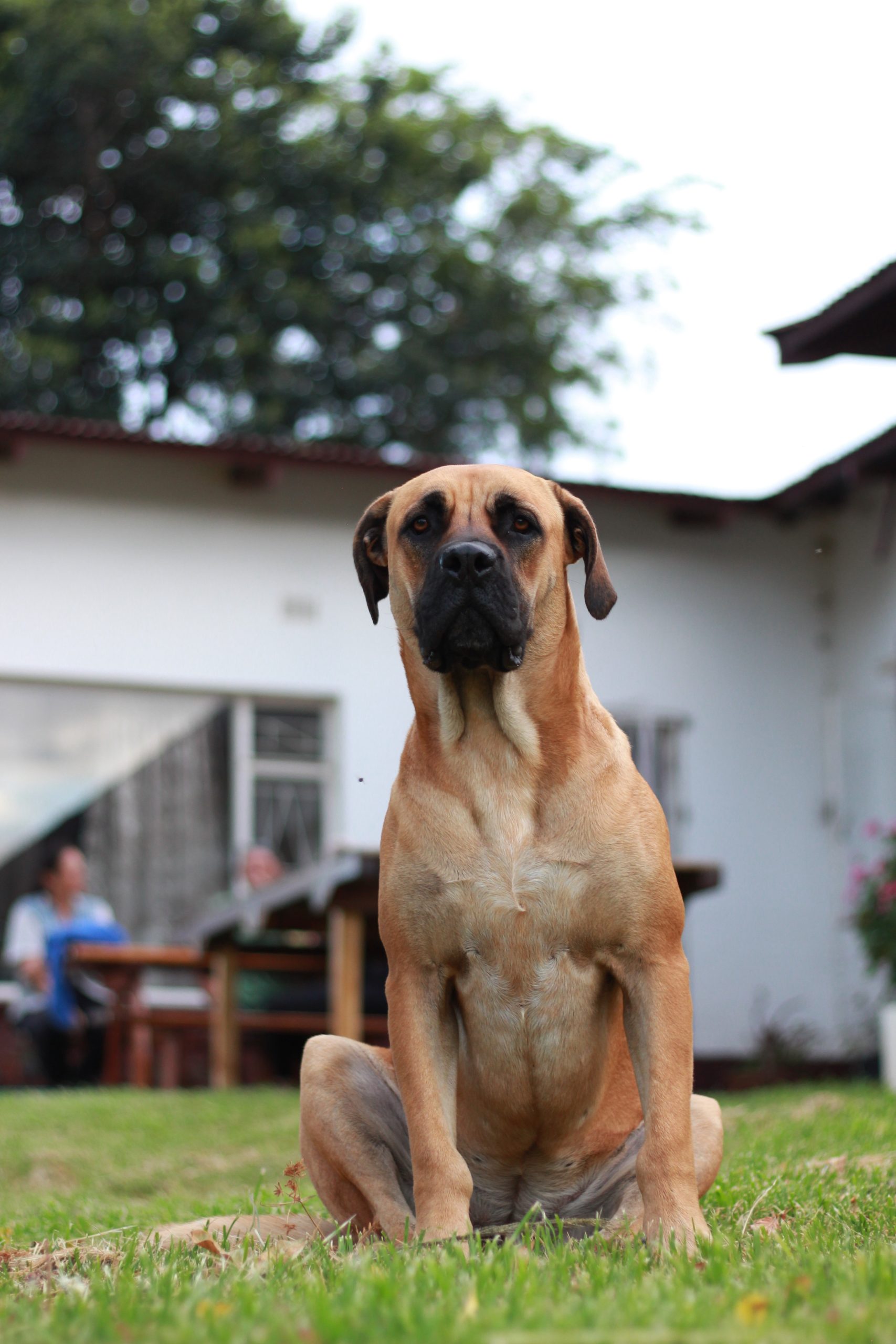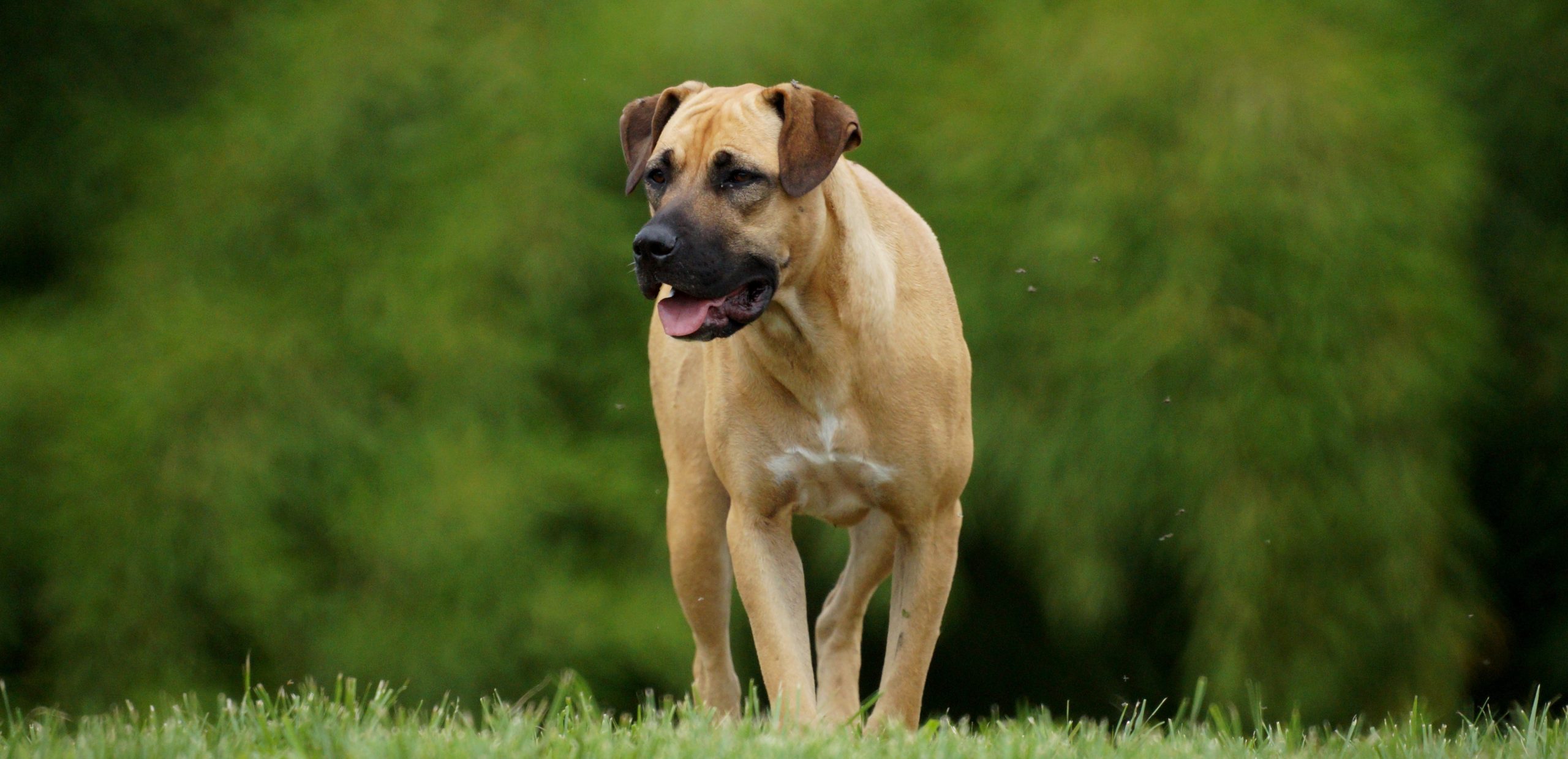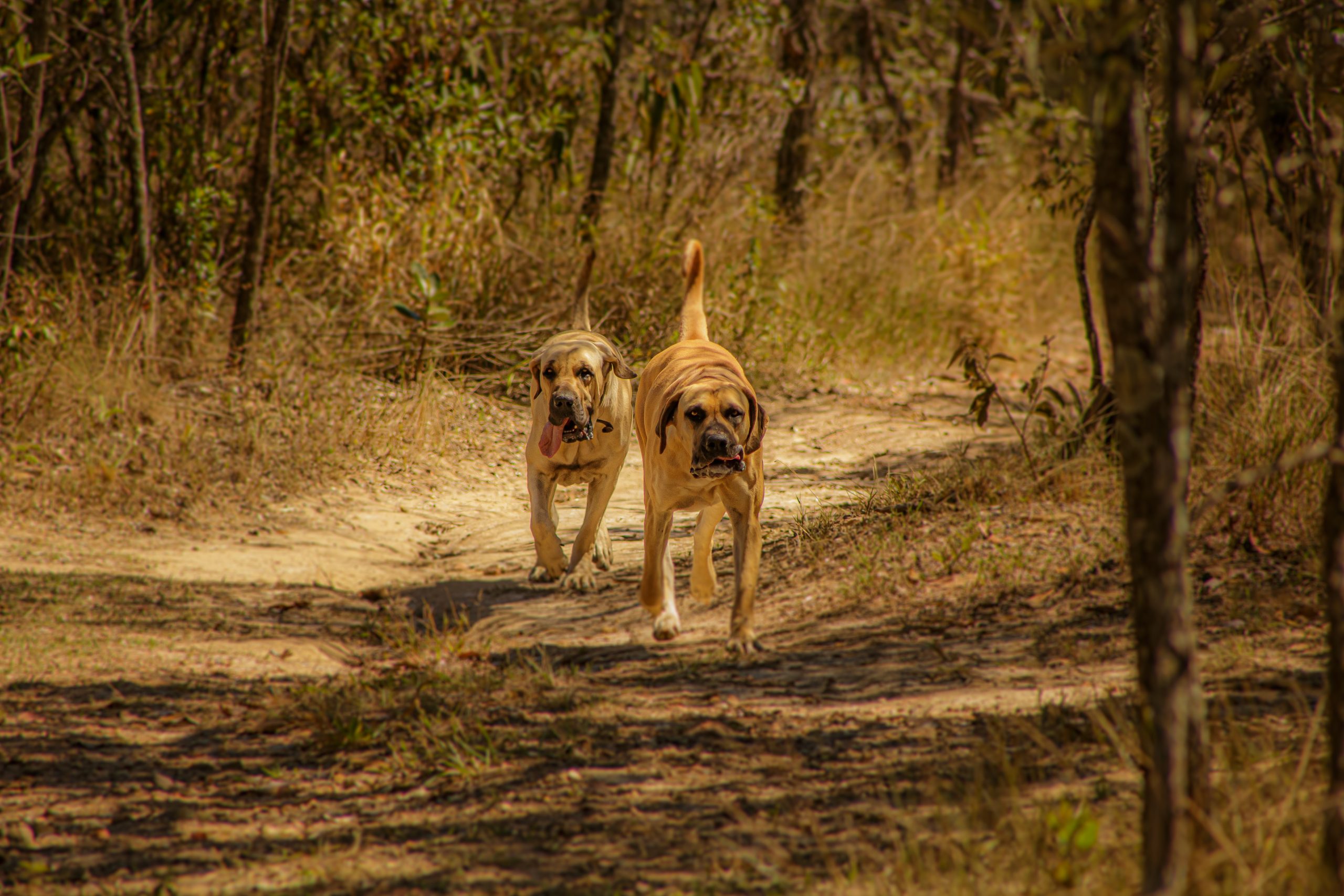Protecting distant South African homesteads from vicious predators is where the Boerboels learned their craft as imposing yet discriminating defenders of house and family. They are strong and self-assured, intelligent, and ready to learn. This sleek-coated avenger, who may reach as tall as 27 inches at the shoulder and weigh as much as you do, has a no-frills, no-nonsense air about him. It is clear from its big, blocky head, strong jaws, and thick muscles from the neck to the rump that it is a member of the ancient’molloser’ dog family, which served as the ancestor of the modern mastiff-type breeds. The Boerboel may be the most nimble breed of mastiff when moving. The powerful Boerboel is committed to safeguarding the people and places he cares about. Early socialization and training are essential to prevent a pup from developing into a domineering adult. This breed is adaptable and trainable, and it loves to be around the people it loves. A Boerboel, however, can be far too much dog for a new owner to handle.
Boerboel
Average sizes and life
expectancy of the breed.
Height
24-27 inches (male)
22-25 inches (female)
Weight
150-200 pounds
Life Expectancy
9-11 years
Breed Traits & Characteristics
About the Breed

Owning a dog is not just a privilege; it’s a responsibility. They depend on us for, at minimum, food and shelter, and deserve much more. When you take a dog into your life, you need to understand the commitment that dog ownership entails.
 Health
Health
Recommended Health Tests From the National Breed Club:
- Hip Evaluation
- Elbow Evaluation
- Cardiac Evaluation
 Grooming
Grooming
 Exercise
Exercise
 Training
Training
 Nutrition
Nutrition
History
The name “Boer,” which comes from the Dutch word for “farmer,” was given to the Dutch, German, and Huguenot settlers of South Africa who started arriving in the middle of the sixteenth century. They acquired enormous guard dogs, such as bull and mastiff breeds, to keep their isolated homesteads from predators. The Boer Dog, which was utilized by Boer settlers as a big-game hunter and guardian, was created in South Africa through the interbreeding of these and other European bloodlines.
The Boerboel (“farmer’s dog”), a courageous mastiff that specialized in house and hearth security, later emerged as a result of further modifications. Their extraordinary power and agility proved in handy while escaping from or tangling with violent species, such as lions or gangs of roving baboons.
This does not mean that the Boerboel was a vicious animal that was always looking for a fight. Boerboels had to be sensitive and intelligent enough to distinguish between friends and foes and accept cues from people they protected because the breed was developed primarily as a family protector. Although a Boerboel has never been known to back down when challenged, its usual dignified watchfulness serves as its default behavior. Boerboels are strong enough to succeed at weight-pulling competitions, but they have also found success as calm therapy dogs with a big heart for kids.




